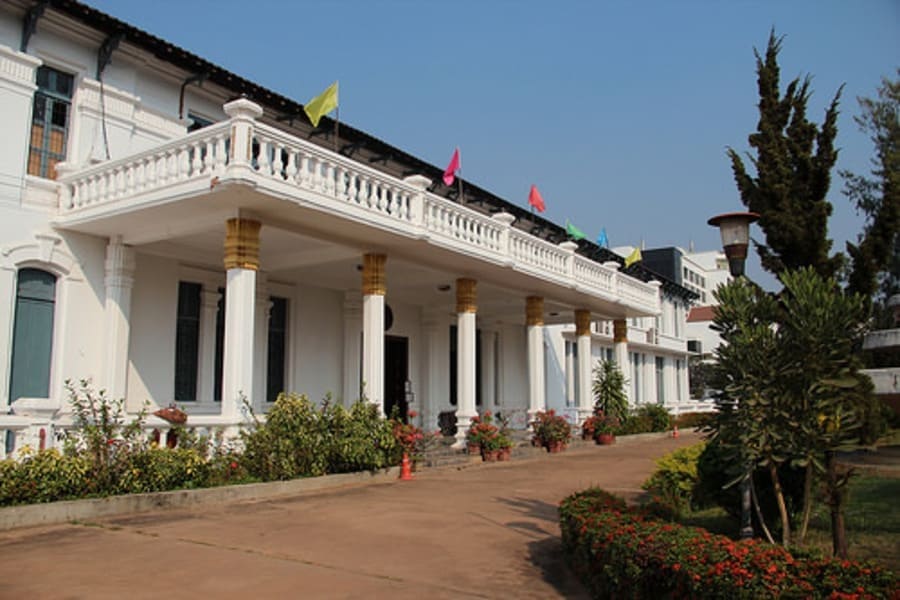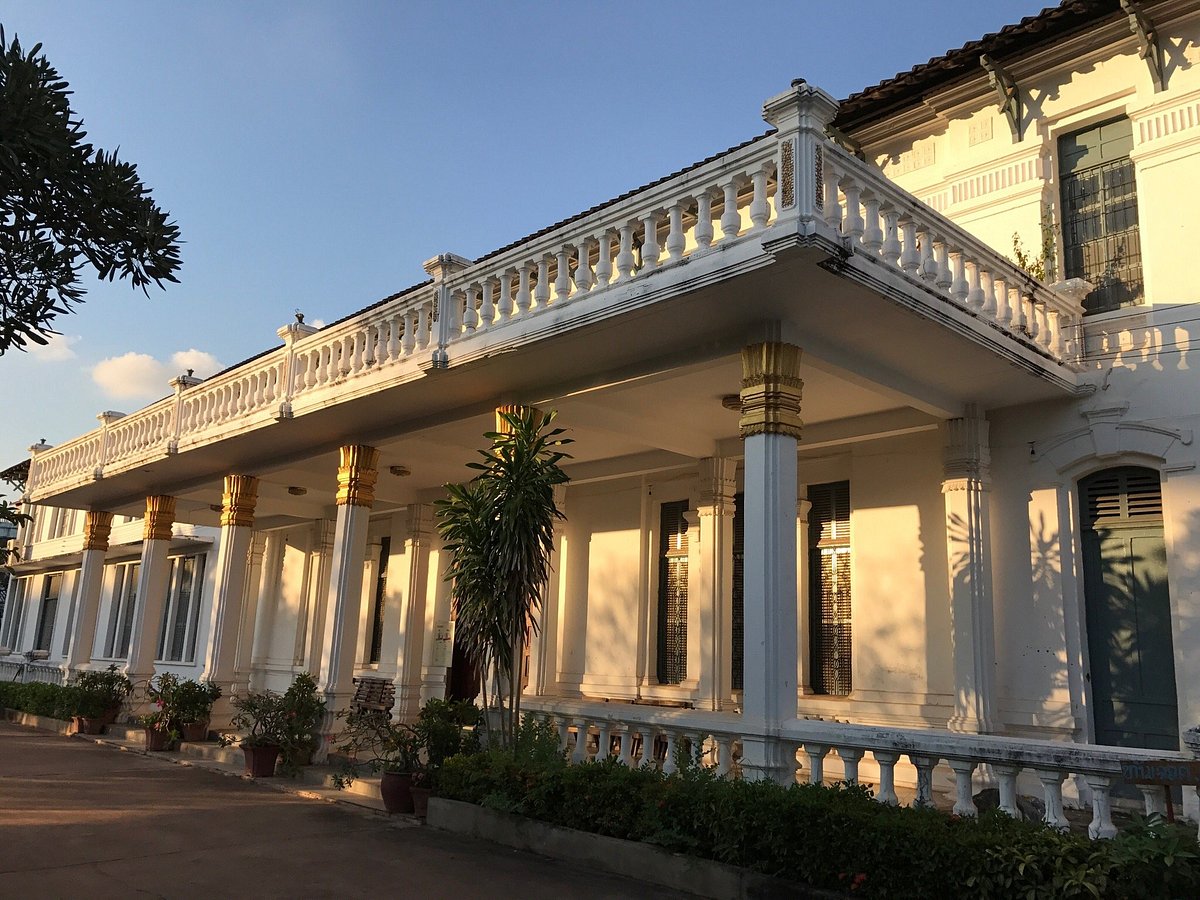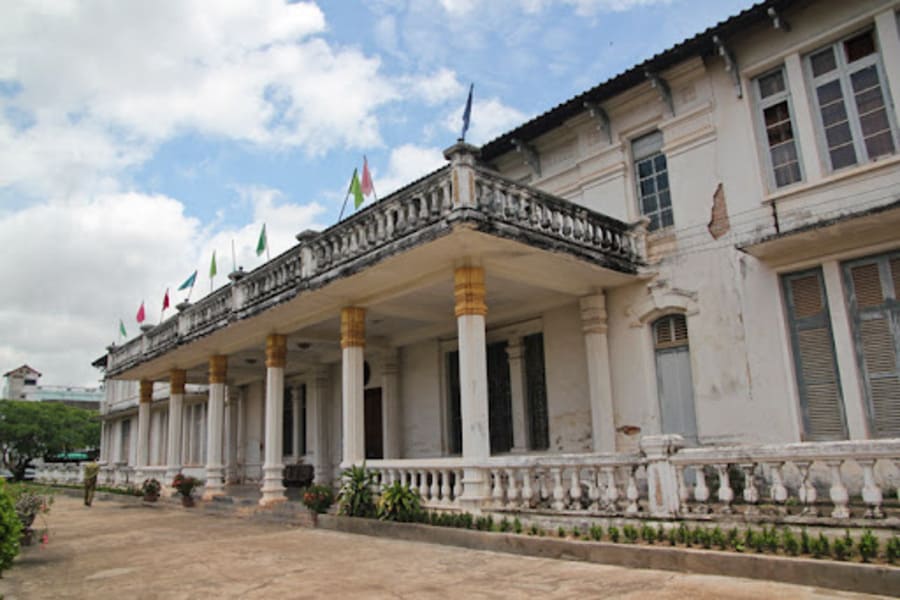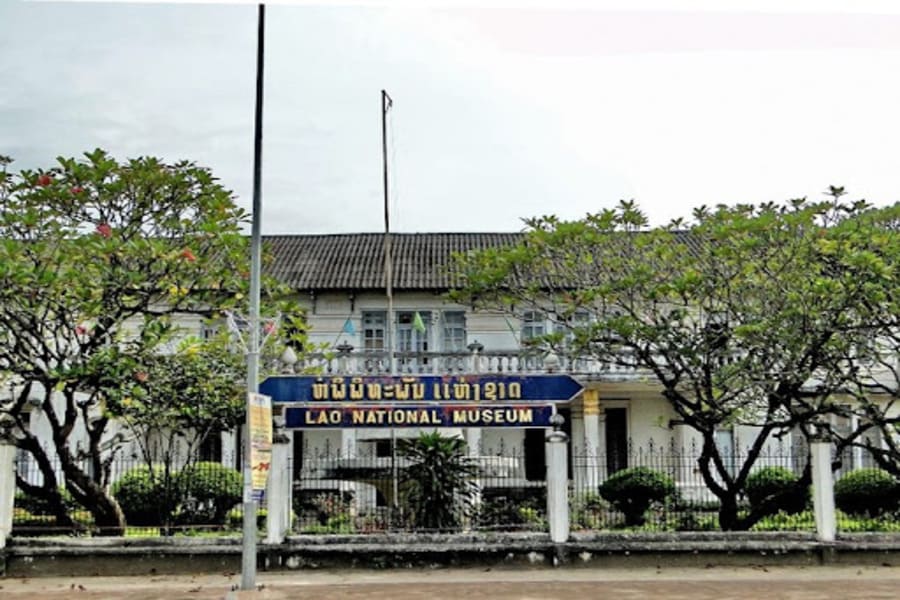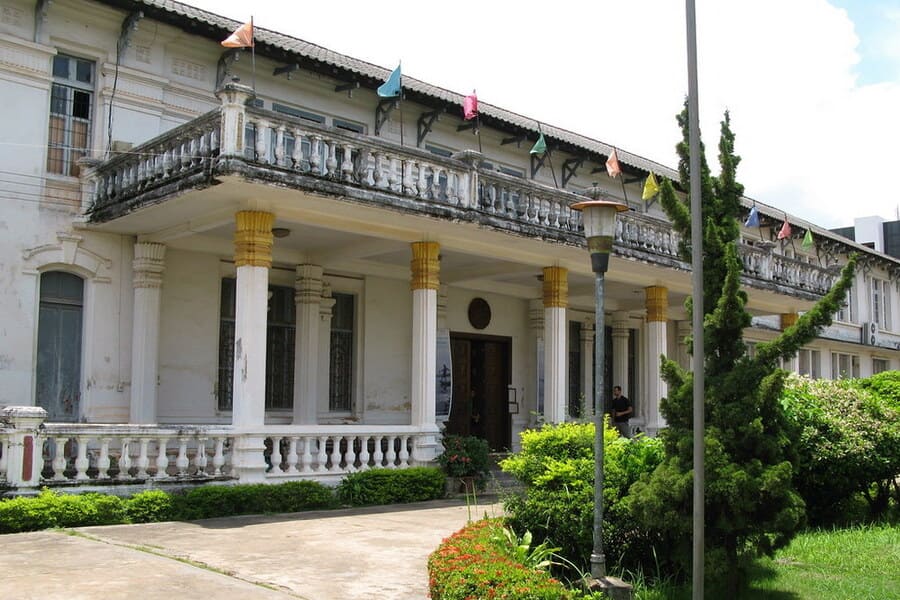Embark on a captivating laos tours and delve into the rich tapestry of history and culture at the Lao National Museum. This esteemed institution offers invaluable insights into the nation's storied past and vibrant cultural heritage. Through engaging exhibits and artifacts, visitors can trace Laos' journey from ancient times to the present day, gaining a deeper understanding of its traditions, customs, and pivotal moments in history.
An Overview of Lao National Museum
The Lao National Museum is located in the capital city of Laos, Vientiane. Specifically, it is situated along Samsenthai Road, near the city center and within close proximity to other prominent landmarks such as Patuxai (Victory Gate) and the Presidential Palace. This central location makes the museum easily accessible to visitors exploring the cultural and historical attractions of Vientiane.
The History of Lao National Museum
Established in 1959, the museum originally operated under the name "Laos Museum" and was founded with the aim of preserving and showcasing the rich cultural heritage and history of Laos. Over the years, the museum underwent several transformations and expansions to accommodate its growing collection and evolving mission.
During the early years of its operation, the museum primarily focused on highlighting the achievements of the Lao People's Revolutionary Party and the struggle for independence from colonial rule. Exhibits showcased artifacts, documents, and photographs related to these historical events, emphasizing the narrative of national liberation and socialist development.
In 1975, following the establishment of the Lao People's Democratic Republic, the museum was renamed the "Lao National Museum" to reflect its role as the primary repository of the nation's cultural and historical heritage. Under this new name, the museum expanded its scope to encompass a broader range of topics, including archaeology, ethnography, and traditional arts and crafts.
Today, the Lao National Museum stands as a symbol of national pride and identity, offering visitors a comprehensive overview of Laos' history, culture, and traditions.
The Architecture of Lao National Museum
The architecture of the Lao National Museum in Vientiane is a striking reflection of the nation's cultural heritage and historical significance. Designed in the modernist style prevalent during its construction in the late 1950s, the museum's architecture embodies both functional simplicity and symbolic resonance.
The exterior of the museum is characterized by clean lines, geometric shapes, and a minimalist aesthetic, typical of modernist architecture. The building's facade features a combination of concrete, glass, and steel elements, with large windows allowing ample natural light to illuminate the interior spaces.
One of the most distinctive architectural features of the Lao National Museum is its prominent central tower, which rises above the main entrance and serves as a focal point of the building. The tower is adorned with sculptural reliefs and decorative motifs inspired by traditional Lao architecture, adding a touch of cultural authenticity to the modernist design.
Inside, the museum's interior spaces are organized around a central atrium, with galleries and exhibition halls branching off from this central hub. The layout is designed to facilitate the flow of visitors through the museum's various exhibits and displays, creating an immersive and engaging experience for visitors.
Learning Laos’ history and culture in Lao National Museum
The Lao National Museum in Vientiane serves as a gateway to learning about Laos' rich history and vibrant culture. Through its comprehensive exhibits and collections, visitors can embark on a captivating journey through the nation's past, gaining insights into its diverse heritage, traditions, and societal evolution.
One of the museum's primary objectives is to showcase the chronological development of Laos, from ancient civilizations to contemporary society. Exhibits feature artifacts, documents, photographs, and multimedia presentations that highlight key moments in Laos' history, including prehistoric times, the rise and fall of ancient kingdoms, the impact of colonialism, and the struggle for independence.
Visitors can explore various aspects of Laos' cultural heritage, including traditional arts and crafts, religious practices, ethnic diversity, and social customs. Displays of intricately woven textiles, elaborately carved wooden sculptures, and ceremonial artifacts offer glimpses into the craftsmanship and creativity of the Laotian people.
The museum also provides opportunities to learn about Laos' political history and social development. Exhibits shed light on the country's transition to socialism, the role of the Lao People's Revolutionary Party, and the challenges and achievements of nation-building in the post-colonial era.
Moreover, the Lao National Museum serves as a platform for promoting intercultural understanding and dialogue. Special exhibitions and educational programs celebrate Laos' cultural diversity and foster appreciation for the contributions of different ethnic groups to the nation's identity.
Through its engaging and informative displays, the Lao National Museum invites visitors to deepen their understanding of Laos' history and culture, encouraging reflection, dialogue, and cross-cultural exchange. Whether exploring ancient artifacts or contemplating contemporary issues, visitors leave the museum with a greater appreciation for the rich tapestry of Laos' past and the dynamic forces shaping its future.
Lao National Museum Tour Guide
Opening hour
The opening hours are from 8:00 AM to 12:00 PM and from 1:00 PM to 4:00 PM, seven days a week. On public holidays, the museum will be closed.
Ticket
20000 kip (0,93 dollars)
Lao National Museum stands as a beacon of insight into the rich tapestry of Laos' history and culture. Through its comprehensive exhibitions and displays, visitors are offered a captivating journey through the nation's past, from ancient civilizations to modern times. By exploring the museum's halls, one gains a deeper understanding and appreciation for the traditions, struggles, and triumphs that have shaped Laos into the vibrant and diverse country it is today.

